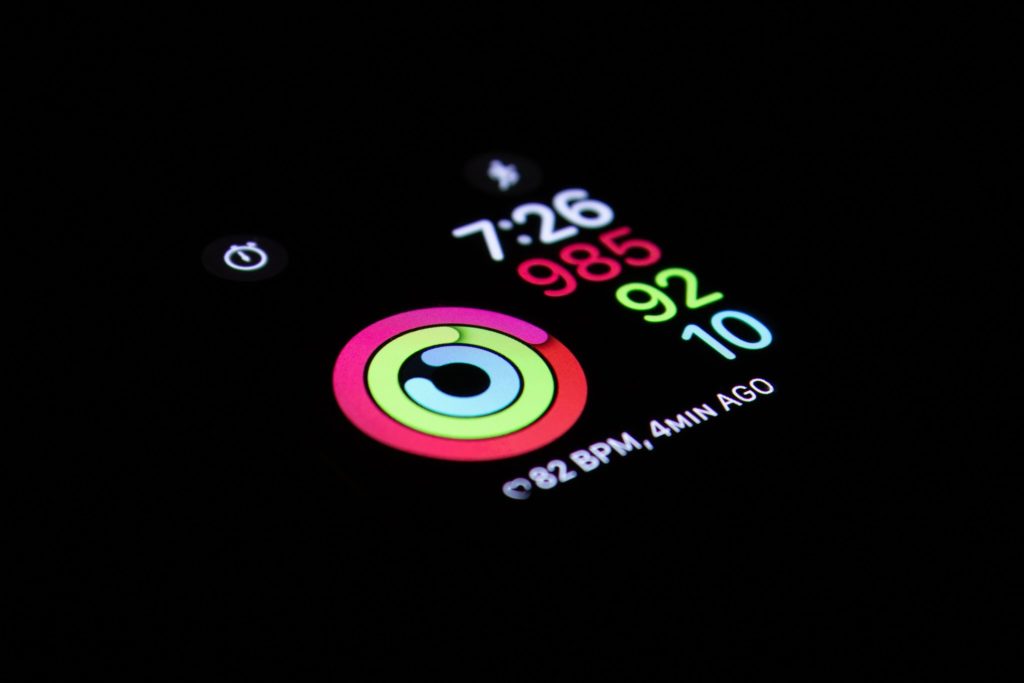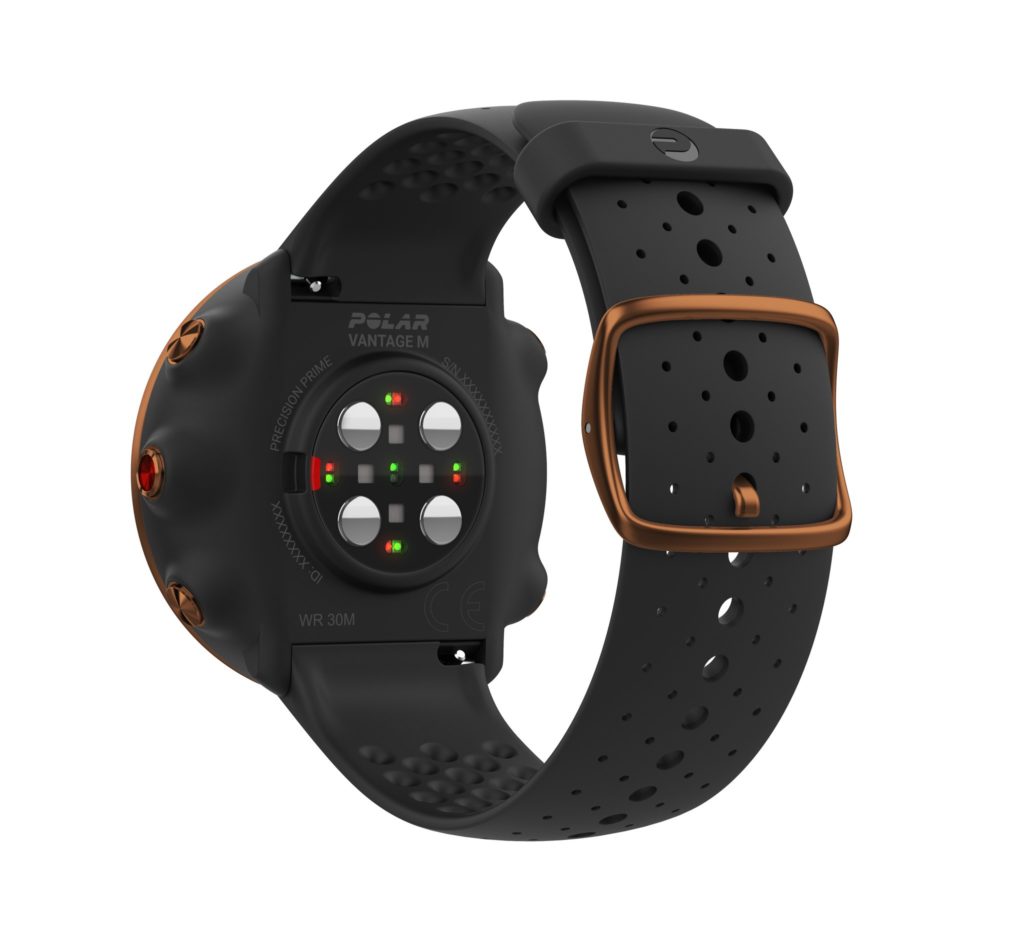
Running and Fitness Smartwatch Features
If you’re shopping for an activity tracker, a fitness smartwatch, a running watch, or multisport smartwatch, there are some features they all have in common that you’ll be benefiting from.
If you aren’t sure which category of device is right for you, see our article What is an Activity Tracker to help you decide.
Read this article if you’re looking for the Best Running Smartwatch under $500.
Here are fitness smartwatch features that are common across all but the least expensive devices.
Heart Rate Monitoring
Of all the fitness smartwatch features, hear rate monitoring is the most popular. All of the devices, except the lower end activity trackers, monitor your heart rate using a technique called photoplethysmography, or PPG, and it’s not as painful as it sounds. Actually, it’s not painful at all.
The devices emit light from their back surface, and measure the amount of light which is absorbed by your wrist compared to how much light is reflected. That ratio changes based on how much blood is present at the moment of measurement. From detecting the rising and falling patterns of the amount of blood in your wrist, it determines your heart rate. PPG can also be used to determine blood oxygen levels. PPG is challenged in environments of heavy activity and underwater.

PPG technology is relatively new compared to electrocardiography, also known as ECG and EKG, which is how chest straps measure heart rate. ECG detects small electrical impulses in your body which are generated by your body to stimulate the heart muscles. ECG is still considered more reliable and accurate than PPG. It is challenged by ‘noise’ generated when the sensor moves relative to the skin, which can cause errors. Also, it requires you wear a sensor (chest strap) in addition to the watch.
PPG is making a good case for its accuracy, but ECG still has its merits. For that reason, some devices have PPG on-board, but also wirelessly connect to an optional chest strap via ANT+ for ECG measurements.
If you want the most accurate and reliable readings, look for a device which supports connection to a chest strap.
Heart rate is the keystone to most of the metrics the devices provide. The device will learn your resting heart rate, calculate your maximum heart rate based on your age, gender, and weight, and determine your heart rate zones in that range. Time spent in the different zones is used to calculate how many calories you’re burning, your fitness level, your stress level, your sleep effectiveness, and so on.
Sleep Tracking
All of the devices provide some level of sleep tracking. If you wear the device while you sleep, it will continue to monitor your heartbeat from the wrist measurement and determine when you are asleep. Many will also record whether you are in REM sleep, light sleep, or deep sleep. Devices with on-board accelerometers can also use movement during your sleep to factor restlessness into a sleep rating.

The cost of the device typically determines the amount of analysis and feedback you’ll get from sleep monitoring. On entry level devices you’ll simply get a synopsis sleep score. On the higher-end devices go as far as recommending workouts for today based on your exertion yesterday and your recharge last night – cool, right?
Companion Apps and Websites
Since these devices have a lot of information and small screens to show it on, they all have a companion app and/or website where you can see and change your data. They’re all compatible with both iOS and Android devices, and have Windows and Mac support for any computer programs they offer, such as utilities to upgrade firmware in their devices. Before you decide on a brand, make sure you’re comfortable with their ecosystem. Take a look at the capabilities the app offers, and what capabilities the website offers.
Third Party Data Integration
Many people use sites like MyFitnessPal and Strava to track and share their fitness activities. If sharing information between sites like this and your device is important to you, make sure you check that the device you are looking at supports the particular site you want. If not, drop me a note, many of the devices and sites have API’s for developers to create new uses for their data. Maybe I can build an integration for you.